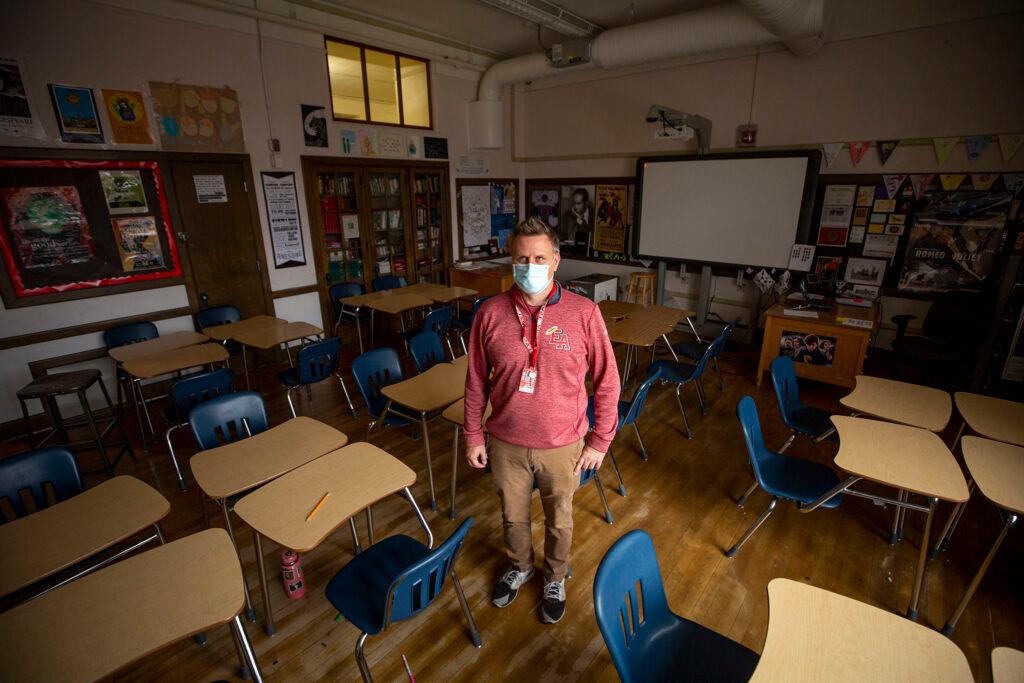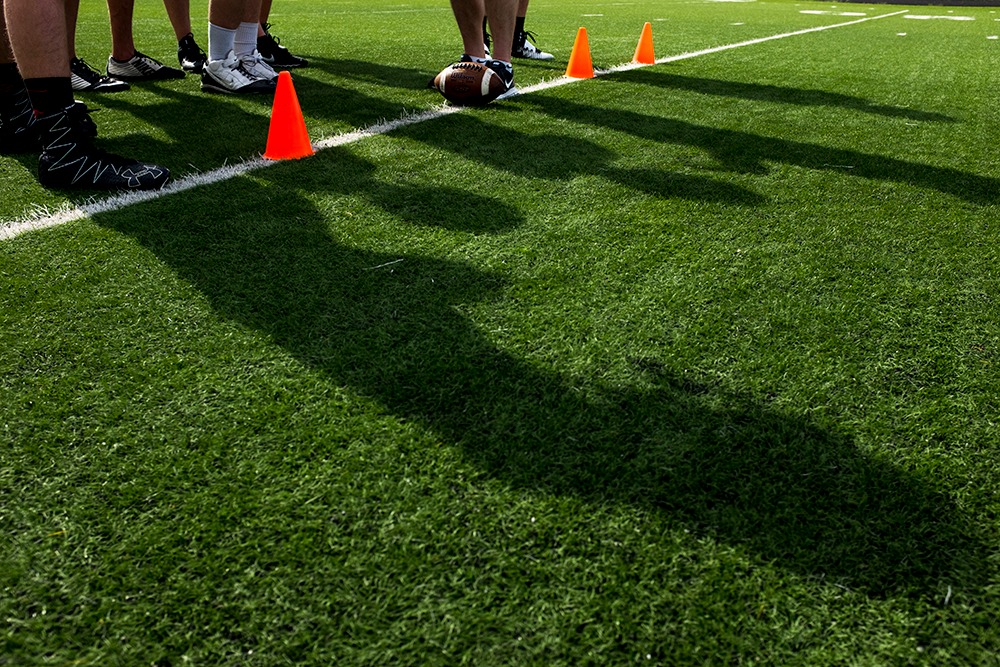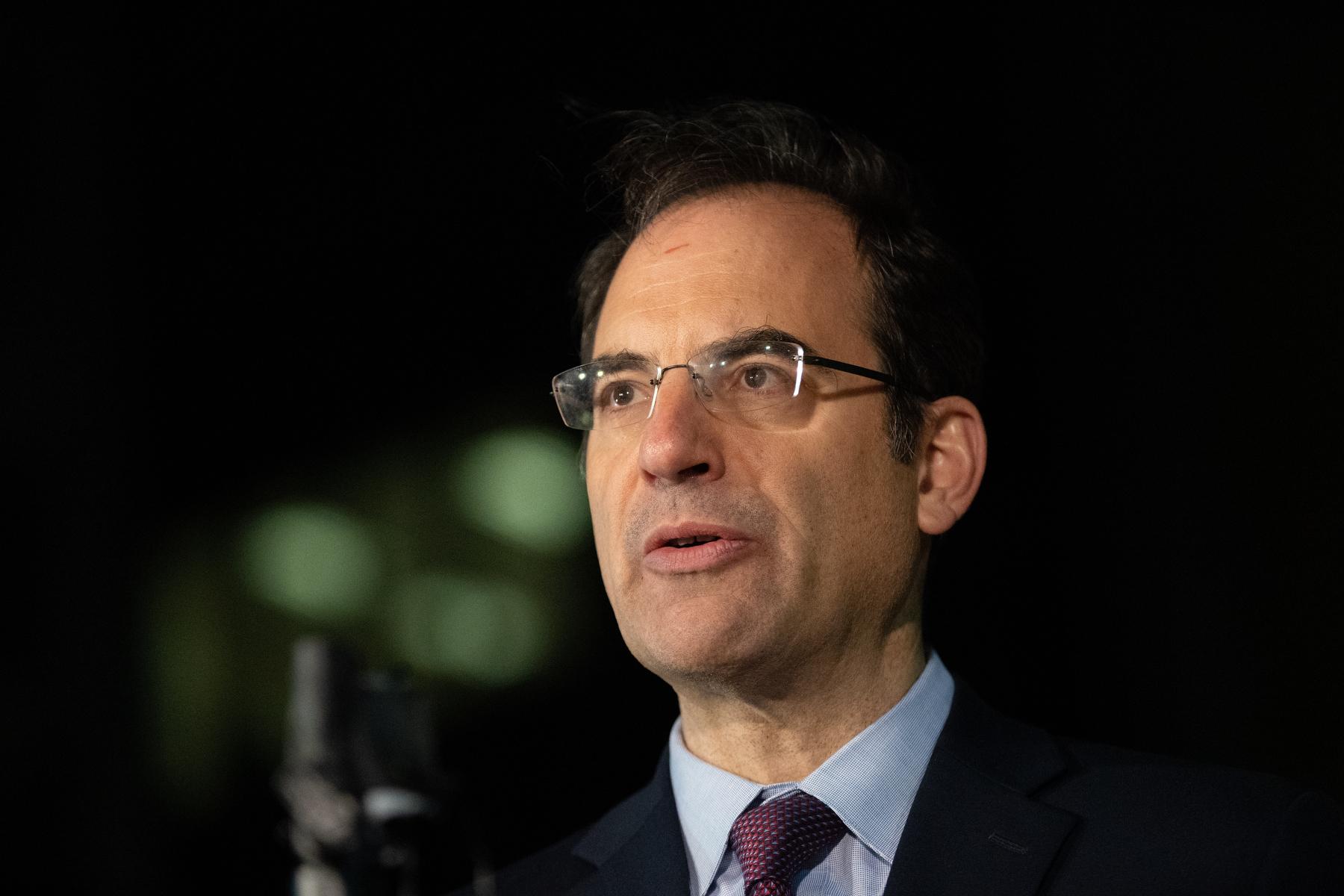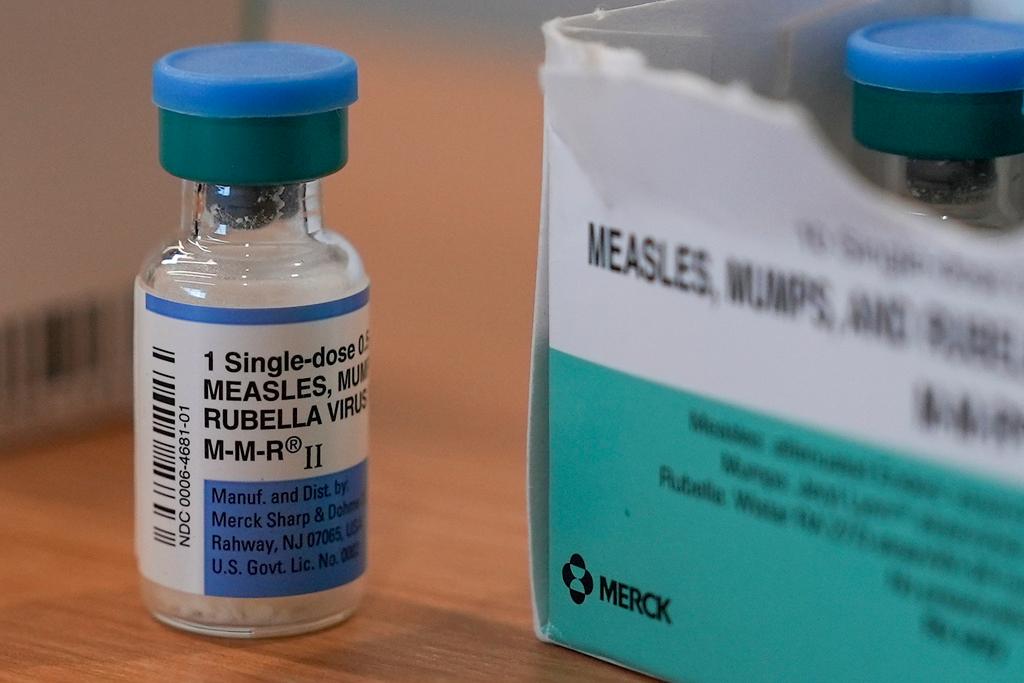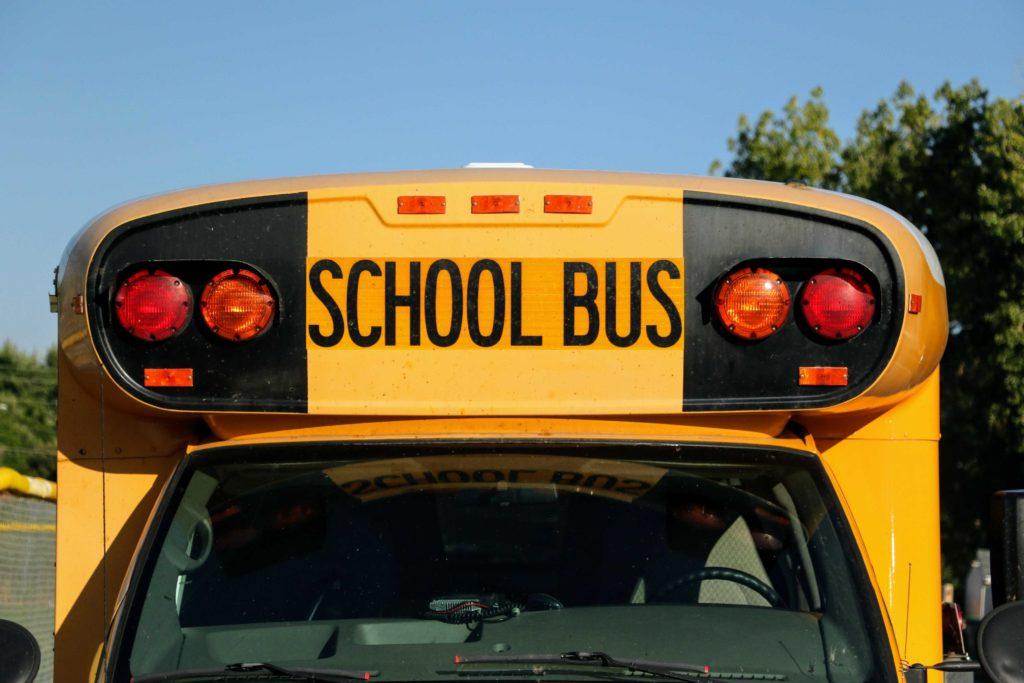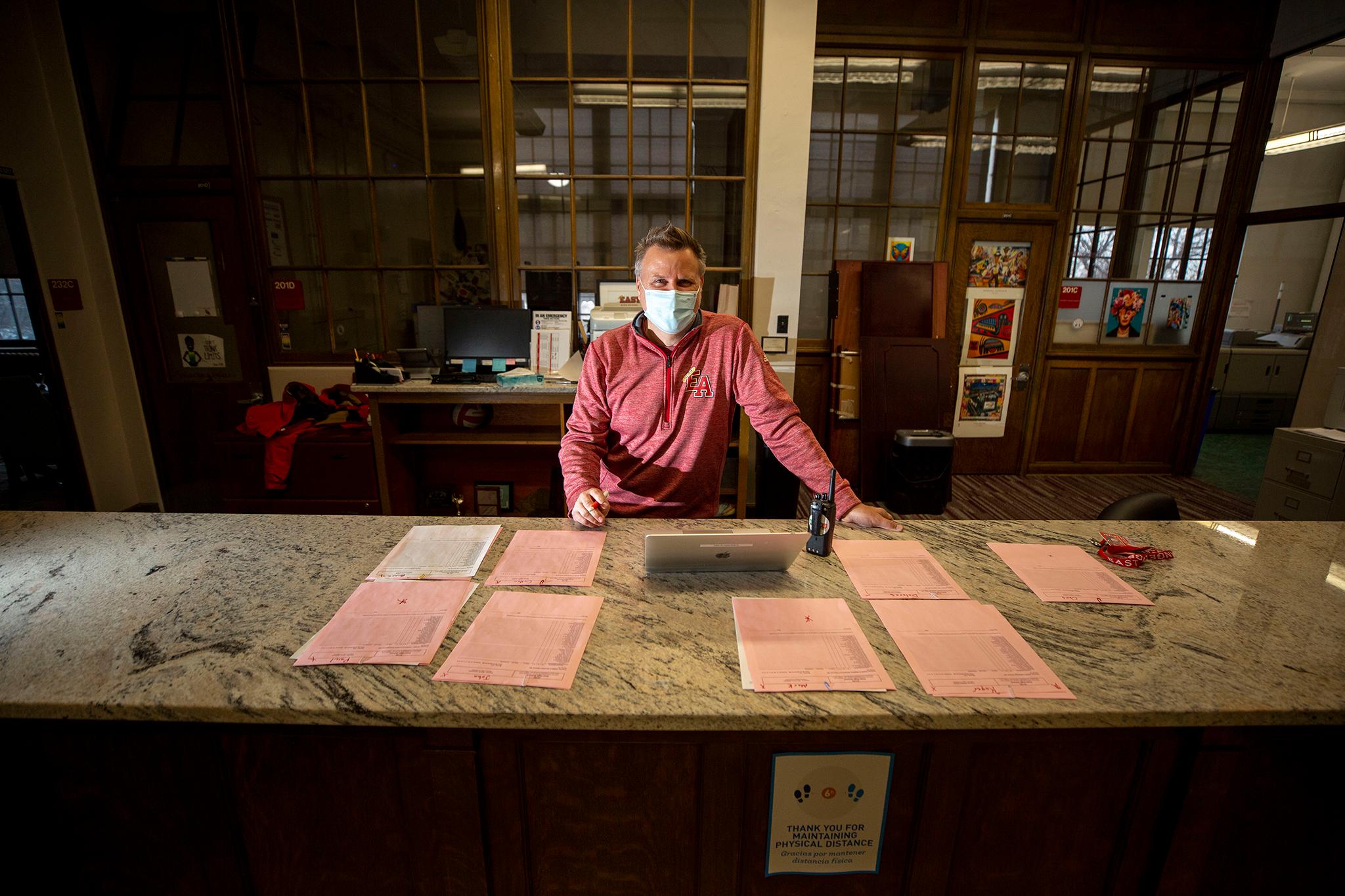
Nathan Grover’s workspace is called “air traffic control” these days. And right now, there’s a lot of turbulence ahead.
Grover is an assistant principal at East High School in Denver. His job is to find coverage for every staff absence. On Tuesday, as omicron cases surge, he had to find substitutes for 18 teachers, either sick or needing to take care of sick children.
“It’s like a puzzle,” he said, describing figuring out how to keep the large high school open.
He’s among the thousands of Colorado teachers, school staff and students who headed into classrooms this week, nervous and bracing for more disruptions fueled by staff shortages, mainly because of the highly transmissible omicron variant that has COVID-19 case numbers soaring.
Unlike some districts in the country that delayed school opening or transitioned to remote learning, Colorado districts opened their doors.
Staff shortages are threatening the school's ability to stay open. By the end of the first day back in school, 15 schools in Denver Public Schools had transitioned to remote due to staff shortages, including one high school, Northfield High. There were 143 confirmed positive cases among staff alone by the end of Wednesday. Nearly 400 Aurora Public Schools employees were absent the first day, out of 5,000. Still, the district was able to keep in-person learning.
Grover starts by cold calling substitute teachers. There weren’t any new ones to be found Wednesday so he went to the “plan,” or the “coverage protocol.”
It’s a big complex spreadsheet showing which two “off” or planning periods each teacher has and what room they are in.
“Once someone covers say, period three, we don't ask them to cover period three until everyone who has period three off has covered.”
Administrators built the equity-based system, with teacher input, back in the spring of 2020. Grover said knowing the system, knowing teachers' schedules and knowing how to implement that in an equitable way was the number one factor “of being able to maintain a sanity.”
This is a lot easier to do when you have 130 teachers with planning periods. East’s science department is bigger than some elementary schools, which, with 5 teachers out, would have to go remote.
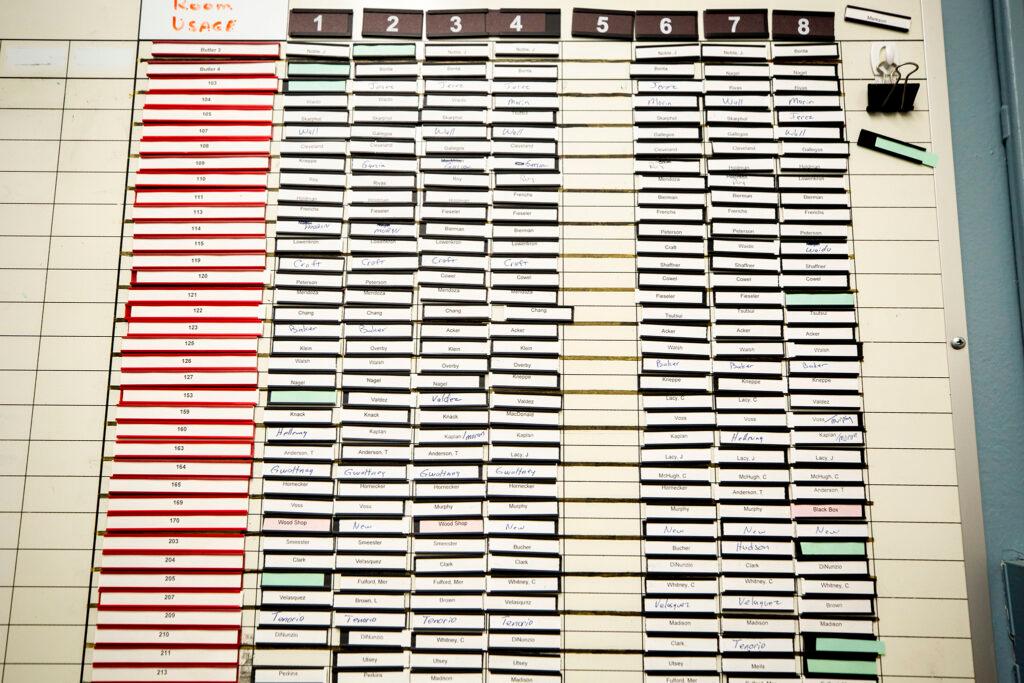
Expecting chaotic semester
East visual arts teacher Jill Abney is grateful for the system, and that East is, so far, large enough to withstand the disruptions.
“You kind of know when it's your turn and people are really good about volunteering but I've heard a lot of stress and anger and exhaustion coming out of the smaller schools because they just don't have that flexibility.”
Still, Abney expects a more chaotic semester with the omicron variant racing through the state.
“It's just, I think, going to get kind of ugly here in the next few weeks of teachers having to take off time, not necessarily for their own health, but to take care of their kids,” she said.
A child in her daughter’s preschool class just tested positive so now Abney is figuring out how many days she needs to be out. A lot of teachers are also parents, so if omicron rips through a nearby elementary school or child care center, there is a domino effect that ripples through the school system.
“It can be a house of cards,” said assistant principal Grover.
Shortage creates logistical challenges
Abney is vaccinated and boosted, as are most Denver teachers. At four months pregnant, she is wearing a KN95 mask when teaching but finds those more physically exhausting to work in.
Her colleague, social studies teacher Matthew Fulford, who also has two young children, acknowledges he’d feel guilty if the nearby elementary school goes to remote learning and he’d have to tend to his children.
“That's pretty frustrating because I know that that's making my colleagues' days harder,” he said.
No teacher he knows of wants to return to remote learning, he said, it’s purely a logistical challenge due to an acute substitute shortage. That’s raising anxiety among teachers. Fulford said just because teachers have had a lot of experience with remote teaching and learning now doesn’t mean they can transition to it overnight.
“I think that's why people are really nervous right now is the idea that you might get asked the night before to teach all your lessons online the following day. That’s really hard to do.”
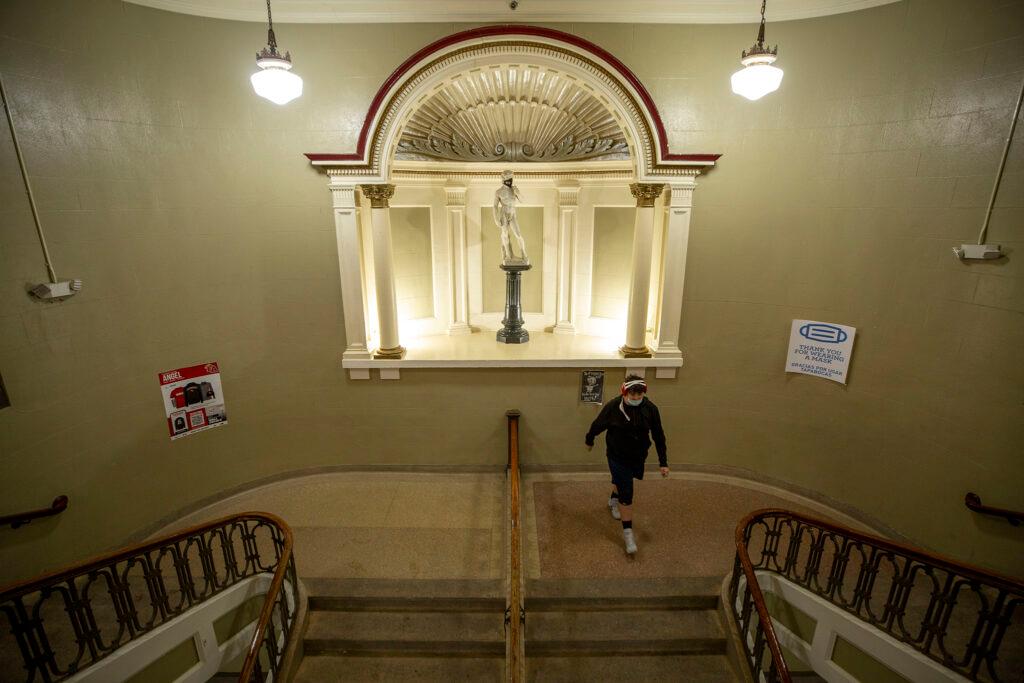
Smaller schools suffer during surge
On the other end of the size scale, a tiny school like Denver Discovery School, with about 200 students, can be crippled with just a couple of teacher absences. That school already began remote learning Monday.
“Everything's pretty much discombobulated,” said parent Ricarda Martinez-Arden, who has an eighth-grader who was excited to get back into in-person learning. Her grades went from Ds and Fs last year to As and Bs.
Martinez-Arden, like many parents, said she is not upset or surprised, though she would like a system where individual schools can set their own schedules separate from the district office.
Martinez-Arden said she’s done with “competitive” education — schools competing for students and performance grades, leaving smaller schools at a disadvantage. She said all of the pressure on teachers to “catch up” students academically is not helping.
“I told my daughter at the beginning of this year that we are not behind because she's going to spend the rest of her educational process now, her whole freaking life, hearing how they are behind. Every child in the world is going through this right now. So, we are not behind anybody else in this world.”
Easing teachers’ woes
Even before the latest COVID-19 surge, the pressure to catch kids up and fill in for teachers who are sick or at home with sick children left many exhausted at the end of last semester. That meant they were teaching one and half classes or lost their planning time to teach another class.
Recognizing the additional strain on teachers, Aurora Public Schools has implemented late-start Mondays. Students K-12 will arrive one hour later than normal on Mondays to give teachers planning time.
Adams 12 school district has also used central office staff to fill positions and many buildings have a full-time substitute teacher. But those can’t meet the current demand. In cases when a substitute can’t be hired, the class of the absent teacher must be split between remaining teachers.
“Sometimes we have to divide classes amongst other classes and that effectively kills the school day for both classes,” said special education teacher Troy Hubbell, adding that teachers teach different things at different paces in different ways.
He also does not want to go into remote learning again. He said each time the school switched between in-person and remote, he’d lose at least a week of instruction, “because all of the norms, the behaviors, the rituals, and the routines that make it possible for 30 plus kids to be productive with each other in a school day, go right out the window.”
“You have to reteach and rebuild those. It's not like you just can go right back to where you were. Your (kids) behavior would explode.”
Many teachers were already reporting increased disruptive and disrespectful behavior among children this semester, after a year at home without practicing social skills.
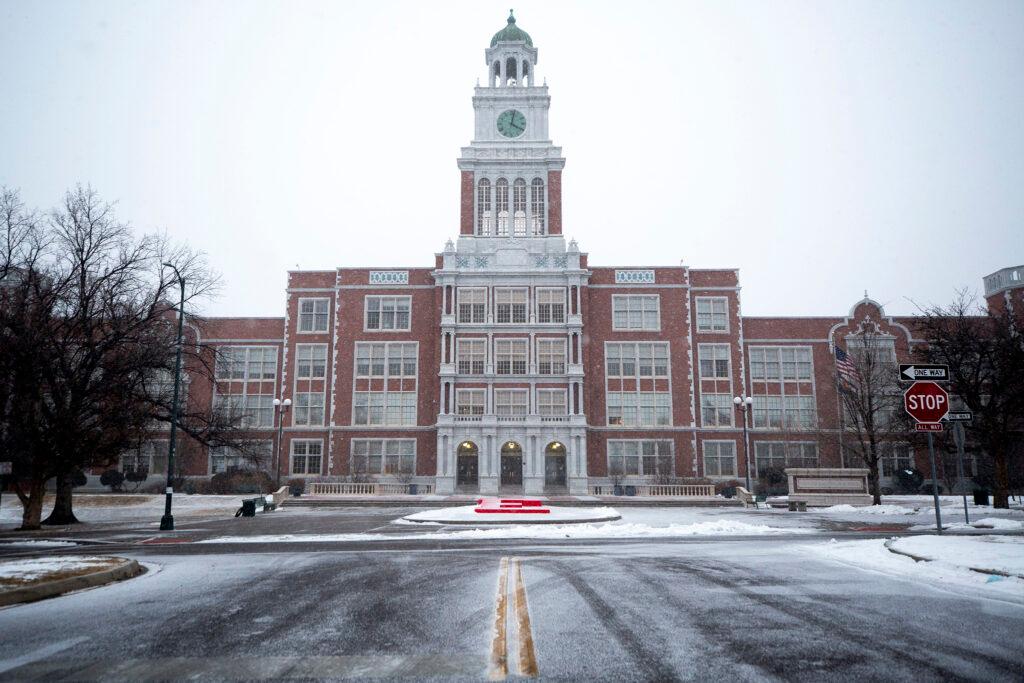
‘Everybody pitching in’
Denver’s Lake Middle School also returned from winter break in remote learning.
“It’s rough,” said special education teacher Steve Smith. “We’d all would much rather be in person, but we do have 18 staff members that are out.”
Some teachers are sick with COVID-19 and a couple of staff members were impacted by the fires in Louisville. He said teachers have been pitching in covering for one another. He appreciates that the district has been sending central office staff to help fill in but “beyond everybody pitching in and helping address this situation as a team, we can't create bodies.”
“These are difficult times, but we are essential workers that we need to understand the importance of our job and understand that the district is making attempts to address the situation,” he said.
Questions over lack of preparation
Many teachers and parents, however, would have liked to have seen more planning and communication for the current surge of the virus, such as more stockpiling of rapid COVID-19 tests or testing of students and teachers prior to return. Some districts across the country such as those in New York City are sending rapid test kids home with all students and staff.
Some Colorado districts had virtually no information on their websites about the winter return. Others warned parents that schools would consider remote instruction on a school-by-school basis if there aren’t enough staff to cover classrooms.
“If the omicron variant peaks over the next week as public health experts expect and we have to close schools or move to remote learning, we are optimistic that we will be able to return to in-person learning relatively quickly,” said Tracy Dorland, superintendent of Colorado’s second-largest school district in Jefferson County, in a Monday letter to parents.
She shared that she was isolating at home with COVID-19.
Many districts are in the process of updating protocols to align with the new CDC guidance that cuts the isolation time to five days for people with COVID-19 if they are asymptomatic or their symptoms are resolving without a fever for at least 24 hours without using medication.
Some districts encouraged staff and students to use CDPHE’s free over-the-counter tests or use one of the state’s COVID testing sites. But parents and teachers complain that they ordered tests long ago that haven’t arrived and testing appointments are hard to come by.
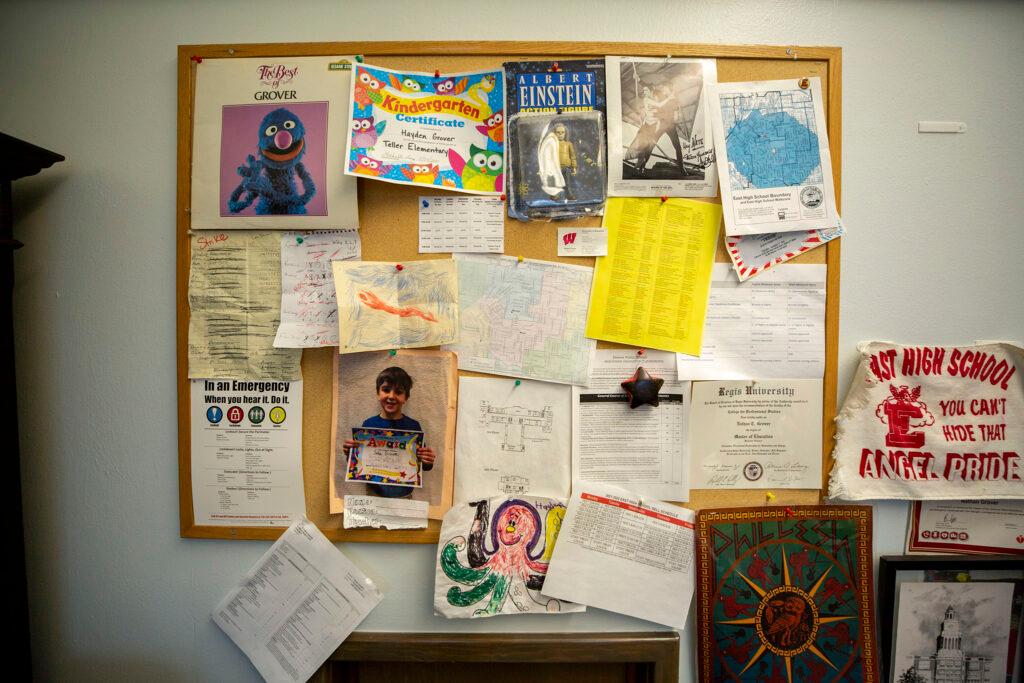
Keeping the kids safe
Jefferson County parent Charis Smith wanted more guidance in the district’s welcome-back letter, such as requirements for KN95 masks which fit more snugly around the mouth and nose, updates on air quality in classrooms, and plans to keep kids separated or outside at lunch, the riskiest time of the school day.
“It's just shocking to me that there's nothing additional being done at a local level to really protect these children,” she said.
Smith picked up a 50-pack of KN95 masks for $80, a price she estimates has doubled in a short period of time.
“Who's helping the kids whose parents can't afford these, or don't know that they need extra protection? It blows my mind.”
She also bought a portable HEPA filter for one of her children’s classrooms.
“She (the teacher) was scared that the principal was going to take it away. I was like, well you tell her it was a Christmas present because I don't want her taking your Christmas present.”
Smith is grateful for free Abbott BinaxNOW™ rapid antigen tests sent directly to her home, which the family used before Thanksgiving and Christmas. But now, many families are reporting their orders are backlogged.
“Where do we find the test? The tests are nowhere.”
Smith wished schools would have paused for two weeks to give the omicron wave a chance to surge and subside. She volunteered at one of her children’s schools last year.
“Those kids, while dear to my heart, wear these masks as necklaces, they do not wear them well. And so with (omicron) as transmissible as it is, it's going to just be a matter of days I promise.”
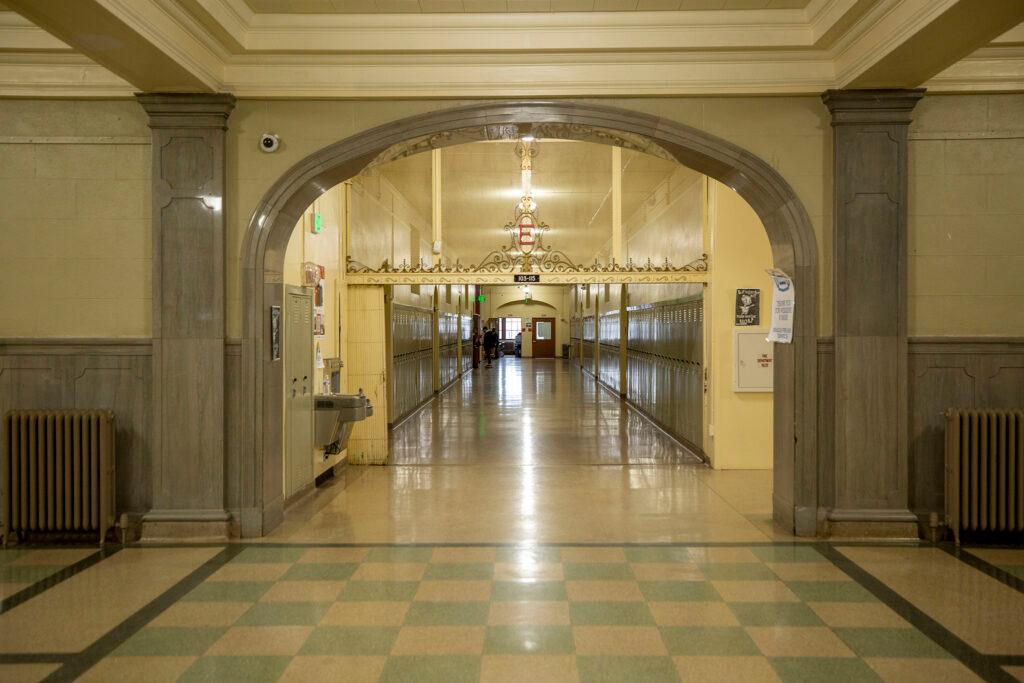
Shortage may extend to bus drivers, cafeteria workers
Disruptions won’t be felt only in the classroom. Cherry Creek school district warned families to prepare for possible disruptions including bus and meal service in the coming weeks.
“It is my hope that we can weather the coming surge in omicron cases by keeping schools open for in-person learning as much as possible until this wave passes,” wrote Superintendent Christopher Smith.
Masks are required in most major school districts except several in the Colorado Springs area and in Douglas County.
That precarious health situation prompted some substitute teachers to call it quits. Douglas County, with the election of a new school board majority, ditched the mask mandate just as the omicron virus was revving up.
Meanwhile, in a letter to families, the district asked people to sign up to become substitute teachers and to spread the word about the district’s job openings. Many districts are appealing to parents to help with the staffing crisis.
Douglas County used federal COVID funds to purchase an additional 3,750 air purifiers in December. Every classroom should have one, it said. Aurora Public Schools underscored the importance of seating charts in classrooms, for more precise close contact tracing. Students must also bring home Chromebooks at the end of every school day, in case a student’s class must shift to remote learning.
Turbulence taking a toll
Back at East High School, assistant principal Nathan Grover knows he’ll be getting phone calls tonight from sick teachers or teachers with sick kids.
“I'm figuring this out while I'm cooking dinner. It happens in the middle of the day. It happens at 12 o'clock at night. It happens at seven in the morning. It happened just now where a teacher said their nanny just tested positive.”
He said the staff is like his second family.
“As difficult as it has been for teachers and it has been extremely difficult for teachers … it is a tough and trying time. … but we're a family and so we help each other out.”
He said teachers know where to find him at his “air traffic control” station in the front office. They’ll stop by and say “hey if you need help, let me know.”
“It's not ideal. They're not happy about it. Trust me. I understand. But it's something that we got to do to get through this and to prioritize a teacher in front of a kid.”
“The more we can help each other out, the more we can support each other and be a positive light for kids because they've had it rough, too. Kids sitting at home, being isolated, not being able to socialize, wearing masks, all of those things, definitely takes a toll. And so any sort of return to normalcy is welcomed.”
